2017-02-15 By Robbin Laird
Norway is in an especially interesting and perhaps precarious situation or put another way is at the crossroads of 21st century history.
It is a small country with a very large territory bordering on one of the most active military powers, led by a skillful strategist.
Their allies are Brexit Britain, Trump America and various non-NATO allies, such as Finland and Sweden.
There is much uncertainty as well about the future of the European Union and the Euro zone and significant uncertainties hang over France as it will elect a new President and Germany is led by a beleaguered Chancellor whose handling of the immigration issue has triggered a European wide crisis.
There is a growing body of intellectual selfies about what the Trump Administration will do.
Remarks made by the President during the campaign have turned into a cottage industry of interpreting his statements with almost church-like dogma by his critics.
Global dynamics of change were there before the President and will be there after his Presidency.
What remains to determine is how his Administration will scope out its way ahead and shape its responses.
 Norwegian Minister of Defense, Ine Eriksen Søreide. Credit: Second Line of Defense
Norwegian Minister of Defense, Ine Eriksen Søreide. Credit: Second Line of Defense
While that may be uncertain, it is clear that the President is committed to rebuilding the U.S. military and its role in the world. It is also clear that he intends to reshape the American role in the world.
Again, although this generates uncertainty in terms of continuity of policy, it is likely that the United States will be a pillar of support to liberal democracies world wide. And if Putin is foolish enough to expect a close friendship with Donald Trump, I would be surprised at the naivete of a man as clever as Putin.
At the recent conference which I attended in Norway on airpower, there were three foreign policy speakers all of whom expressed deep concern with developments in the UK and the US.
One even made the amazing statement that the election of President Trump and Brexit where the most dramatic changes in the past thirty years! Even worse, another speaker quoted this as a brilliant insight.
One of the speakers provided an indictment of the President that was truly amazing to listen to, notably because his country would have remained divided if it were not for American leadership exercised against many critics in Europe.
I felt like I was back in Europe fighting the Euro-missile battle once again and being both personally insulted and defending the “anti-detente and war-mongering” President Reagan.
I feel like I just lost thirty years and am back to the future so to speak, and the speakers who presented here had the same sense of moral authority as the critics of the Euromissile deployment as well.
It is useful to remind folks that Administration to date has just started, is not fully staffed and has several solid beginnings under its belt, notably the close working relationship with Japan, the Abe visit to New York, the Pacific and then to DC to meet the President.
General Mattis has visited the Pacific and reaffirmed the core commitments of the US in the region.
And the Vice President and Mattis are meeting this week at the talking heads European security conference at Munich.
One can suspect that there are those abroad who are using the Trump effect for their domestic advantages and creating a threat which is simply not there.
I did talk to many Norwegians at the Conference and in Oslo, and while there is concern, more about the various strategic uncertainties than anything else, my message was pretty simple – it is early days and the track record in terms of actual policy has been to reaffirm U.S. commitments and not to run from them.
The President was elected to change U.S. policy and he will.
He will not be President Obama who I might remind folks was given a Nobel Peace Prize in the first year of his presidency for having accomplishing absolutely nothing.
But as the Norwegian Defense Minister has indicated it is early days.
My observations of her at the Conference and in my discussion with her, it is clear that she is a tough minded individual who will clearly argue the Norwegian case to her allies, and certainly to her counterpart, General Mattis.
With this kind of trans-Atlantic leadership, although we face significant challenges, a solid path forward can almost certainly be found.
That happened in the early 1980s and that will happen now.
The Minister provided her perspective earlier this week in a conference on security policy held in Norway and these remarks were published on the Norwegian Ministry of Defence website and follow. Together they provide a sensible statement of concern but also of how best to proceed.
As the famous Confederate General “Stonewall” Jackson once insisted: “Never take counsel of your fears.”
Defence Minister Ine Eriksen Søreide’s opening remarks: Leangkollenseminaret 2017
February 13, 2017
By Minister of Defence Ine Eriksen Søreide
Norwegian Minister of Defence Ine Eriksen Søreide held these remarks at the Security Seminar at Leangkollen February 13th 2017.
Distinguished collegues, former ministers, guests, ladies and gentlemen,
It’s good to be back here at the annual Leangkollen seminar. I want to thank the Norwegian Atlantic Committee, Kate and her good associates for pulling it off – in style – once again. This has become an important venue for addressing key security issues, and I’m happy to see such a great turnout.
This year’s topic is “Security in Northern Europe after Crimea, Brexit and the U.S. election”. Let us dwell for a moment on this extraordinary combination of words in one sentence: “Security in Northern Europe. After Crimea. Brexit. And the U.S. election”…
Imagine you just woke up from a three-year hibernation and were told that Russia has taken a part of Ukraine, the UK has decided to leave the European Union and Donald Trump is now the new president of the United States.
US and Norwegian Defense Ministers Meet in Munich, February 17, 2017 from SldInfo.com on Vimeo.
Would you believe it?
In these days of winter sports, it’s like being told that Sweden has beaten Norway in the Cross-Country World Cup.
It just wouldn’t seem very likely.
Ok, perhaps this is too grave to joke about.
After all, we take skiing very seriously up here.
But making fun of each other has been the social glue of Nordic cooperation for centuries, and I see no reason to stop now.
Dear friends,
We meet in challenging times.
Russia’s illegal annexation of Crimea and the following and continuing destabilization of Eastern Ukraine changed the European security landscape almost overnight.

Our increasingly assertive neighbor has demonstrated their will and ability to use military force and other more covert means in order to achieve their objectives.
Covert means that are specifically designed to cast doubt in decision making processes.
And, by doing so, they violated international law and shook the very foundation of the framework for peace and stability that we all built together on the ruins of two devastating world wars.
The Nordic and the Baltic countries had to think about security in a new way.
The Eastern European countries had to think about security in a new way.
And NATO as well as the EU had to think about security in a new way.
We all had to adapt quickly and united to a new, uncertain and unpredictable security environment. The EU and the US imposed restrictive measures, which Norway and other non-EU countries adopted in solidarity.
And as an alliance, NATO demonstrated its ability to rapidly adjust as well as provide reassurance to our Eastern allies.
I won’t take up your time by telling you a story you all know. But I want to point out that this was a dramatic change by way of external developments. Something that happened outside of our countries, but with great implications for our countries.
And by “our countries” I mean the transatlantic alliance and the Nordics.
Brexit and the US election, however, happened at home. Inside our own house, so to speak. The British people voted. The American people voted. And the results took many of us by surprise.
Brexit and the US election were two very different things, and I think we should be careful to compare them as such. But one thing they had in common is that they revealed a significant level of frustration and discontent amongst a lot of people. And that is something we’re seeing not only in the UK and the US, but in many European countries.
If I am to suggest common denominators between Crimea, Brexit and the US elections concerning security in Northern Europe, it must be this:
They were all major wake-up calls, albeit for different reasons.
They have all introduced uncertainty at some level.
And they have all set in motion change and developments that we do not know the extent of.
Ladies and gentlemen, we find ourselves in a time of political, economic and social disruption.
The world, as we have known it for decades, is changing. And it’s changing rapidly…..
Perhaps the liberal democracy, with all its dilemmas and compromises, is the best form of government we are capable of designing. After all, it has enabled economic growth, prosperity, peace and stability between nations for decades.
But it seems we may have arrived at a time in history where the liberal democracy, as we know it, is facing one of its most serious challenges to date.
The very framework of a stable Europe and transatlantic relationship is under pressure.
Right-wing populism is on the rise in many countries, paving the way for different forms of nationalism.
Liberal, democratic ideals of freedom, equality and inclusion are losing terrain to ideals of the opposite.
We are witnessing more distrust between people and a deteriorating belief in democratic institutions, politicians and the media.
Public discourse and political debates in many countries are increasingly characterized by fear, xenophobia, disinformation and conflict.
Social media echo and reinforce whatever reality people subscribe to, no matter where you are on the political, cultural and social spectrum.
Facts, scientific knowledge and objective truth – the very building blocks of human development – are becoming devalued currencies in a post-factual world.
It’s a sort of convergence of discontent we’re witnessing. I have for some time expressed my concerns for the health condition of European politics.
The reasons for these developments are many and complex, and I will in no way pretend I have all the answers. I don’t think anybody does. But I do think that many of us, both in Europe and in the US, failed for a long time to realize the extent and significance of the growing discontent amongst large groups of people. And by doing so, we have contributed to creating fertile ground for populism and the polarized political climate we are seeing today.
We also know that this development is actively fueled by Russia through intelligence and information operations, hacking, trolling and a range of other means in order influence elections and undermine European and transatlantic cohesion.
Ironically, the strengths of our liberal democracies – trust, transparency, free speech, independent media and rule of law – is also what make us vulnerable to Russia’s actions in the non-kinetic domain.
It’s too early to say what the implications will be of Brexit and the transnational anti-establishment movements. France, Germany and the Netherlands – as well as Norway – are having elections this year, and I would lie if I said I wasn’t concerned given the current political climate and the examples we have seen of Russian subversive influence.
I am pleased that recent dialogue with, and statements from, the new US administration emphasize US commitment to NATO and transatlantic security. But at the same time, there is still much we do not know about President Trump’s foreign and security policy.
While I don’t think we should exaggerate the significance of Russian influence, we shouldn’t underestimate it either. In any case, we need to pay close attention to what is going on in our own countries now. Because these underlying currents in many countries may also undermine international defense and security cooperation at a time when the need for cooperation is greater than in a very long time. The security challenges that we are all facing from violent extremism, a more assertive and destabilizing Russia and the consequences of conflict and instability in North Africa and the Middle East, requires more trust and closer collaboration, not the opposite. And given the current situation, one of my greatest concerns is that our ability to make decisions in NATO or the EU will be challenged.
Dear friends,
Over the next two days you will cover a range of perspectives with regards to security in Northern Europe. And as we all know, the challenges to Northern European security are many and complex. I think the greatest challenge right now is not one single threat, but the combined uncertainty and unpredictability of the multitude of developments that are happening at the same time both within and outside our countries.
Very few, if any, of our challenges can be solved by military means alone. But the last three years have showed us that military power remains an indispensable part of our security policy toolbox. The fight against ISIL and violent extremism requires a military response as part of a broad, comprehensive approach. And Russia’s actions have caused a need to bolster European defense capabilities and cooperation, both through NATO, between the Nordic countries and bilaterally between friends and allies.
Norway’s top priorities in NATO for the past two years have been a renewed maritime focus with increased attention to the North Atlantic and the High North, and a functional assessment of NATO’s command structure. Both represent a clear response to the uncertainty introduced by Russia in this region.
Now, we do not consider Russia a military threat against Norway today. I want to be clear on that. However, Norway is NATO in the North, and we share a border with an increasingly assertive neighbor with superpower aspirations. A neighbor who has modernized its Armed Forces, significantly increased its military presence in the High North, reintroduced the old East versus West schismatic thinking, engaged in subversive actions against Western democracies, violated international law and undermined European stability.
While we expect Russia to remain true to our longstanding and common interest in keeping the High North stable and peaceful, we must acknowledge that tension and conflict in other places may develop into a more serious security situation in the North. And that has implications for Norwegian defense planning.
Parliament approved the government’s new long-term plan in November last year. It represents an historic prioritization of our Armed Forces. Over the next 20 years, we are increasing our defense budget by 180 billion Norwegian kroner, or approximately 22 billion US dollars. After years of insufficient funding and a gradual decline in our defense capabilities, we are now making sure that our Armed Forces have the combat power, flexibility and sustainability needed in a changing and unpredictable security environment.
We are strengthening our military presence and our intelligence capacities.
Our new fleet of F-35 combat aircraft is on its way.
In addition, we are investing heavily in new maritime patrol aircraft, submarines, air defense, land power capabilities and intelligence.
NATO and American security guarantees remain the cornerstone of our security policy, and as a NATO member, Norway has an obligation to contribute to the collective security framework that we are a part of – and depend upon. We take our obligations seriously.
In addition, defence cooperation between the Nordic countries, and between the Nordic and the Baltic countries, has picked up over the last years, not least as a result of Russia’s assertiveness and unpredictability.
The Baltic Sea region has become a center of gravity in the region. Increased Russian activity, including a more aggressive posture, has made the Nordic countries concerned. A crisis or conflict in the Baltic Sea region may also spread to the High North.
The Nordic countries have a responsibility to promote stability and security in our region. While Norway and Denmark are members of NATO, Sweden and Finland are not. But as close friends and neighbors, we are facing the same challenges. That has sparked us to strengthen our dialogue and step up our military cooperation.
We have established secure communication lines between our countries. And we continue to develop our cooperation with regards to air surveillance, international operations and joint training and exercises. Last year we signed an agreement with the aim of allowing easier access to each other’s sea-, air-, and land domain for common training and defence purposes in peacetime. Almost every week, Nordic combat aircraft are conducting Cross-Border Training in the North.
And with NATO’s partnership with Sweden and Finland, both countries’ participation in annual winter exercises in Norway, and their planned participation in next year’s NATO exercise Trident Juncture, we are taking Nordic and NATO cooperation to a new level.
Firmly rooted in our NATO membership, Norway sees Nordic cooperation as a pragmatic and sensible approach to increasing predictability, ensuring stability and promoting peaceful cooperation without confrontation or conflict in our part of the world. We have a shared understanding of the security challenges we are facing, and we are all adapting our defence capabilities. The value of close consultations has increased in a changing security security environment.
Ladies and gentlemen,
This year’s topic is “security in Northern Europe”. It’s difficult to navigate in this new and complex security environment, and you will have plenty of time to dive deeper into these and other issues over the next two days.
I don’t have all the solutions. But if there is one thing I am sure of, it’s that the challenges we are facing are so big, interlinked and complicated that we must face them together. And right now, I am concerned that the European and American political climate change may get in the way of that. Let’s not make that our biggest challenge on top of all the others.
I hope you have a good seminar, and remember – whatever you do in this Nordic setting – don’t start any discussions about cross-country skiing.
Thank you.
Video: U.S. Secretary of Defense Jim Mattis meets with Norwegian Minister of Defence Ine Marie Eriksen Søreide in Munich, Germany before the 53nd Munich Security Conference on February 17, 2017. Credit: US Department of State.


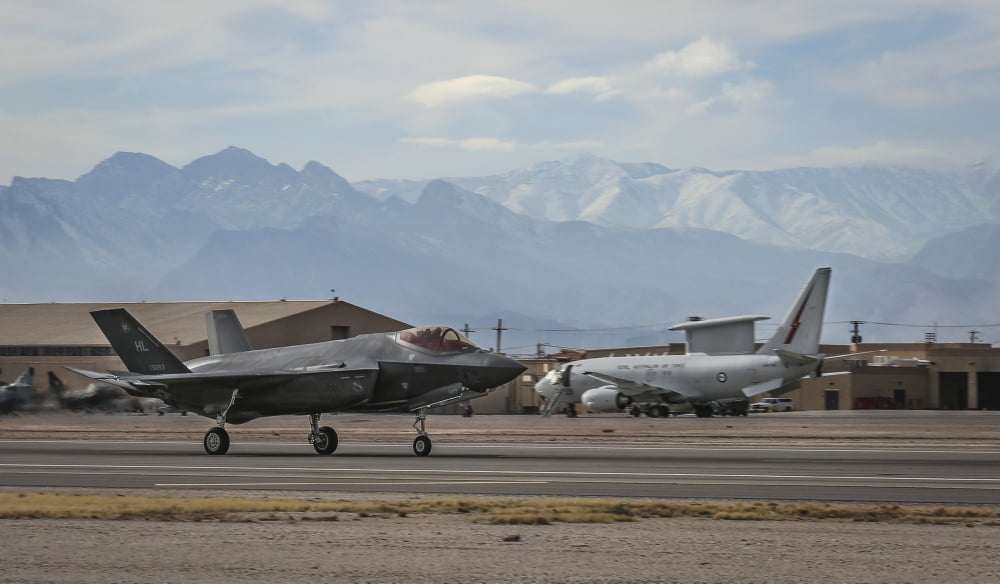
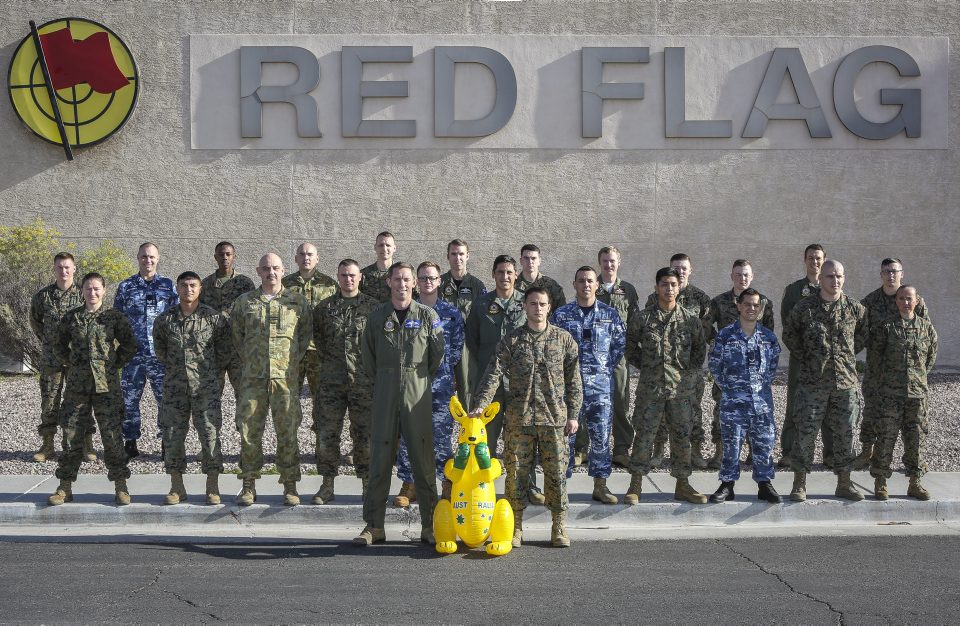

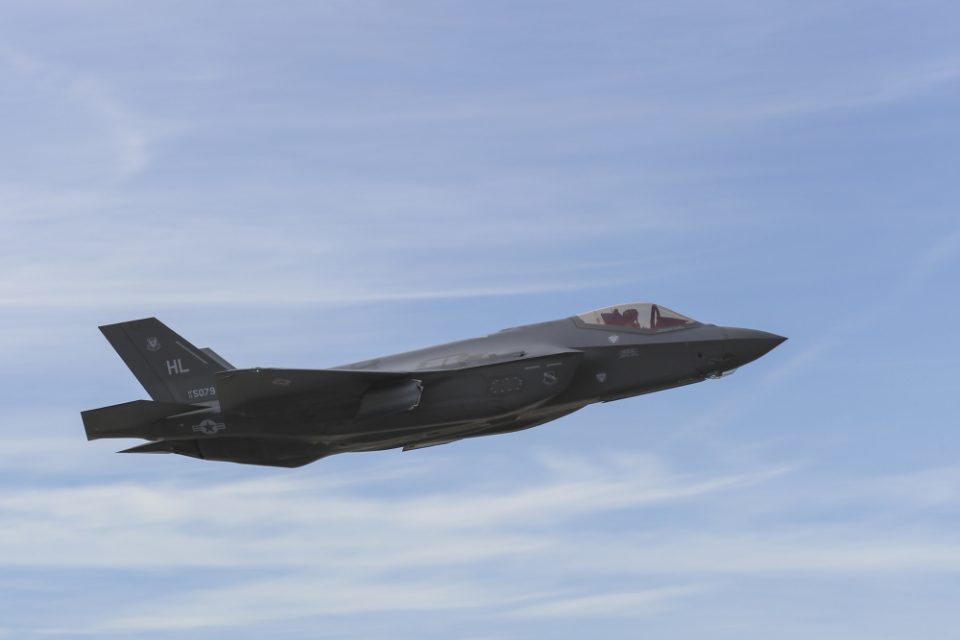
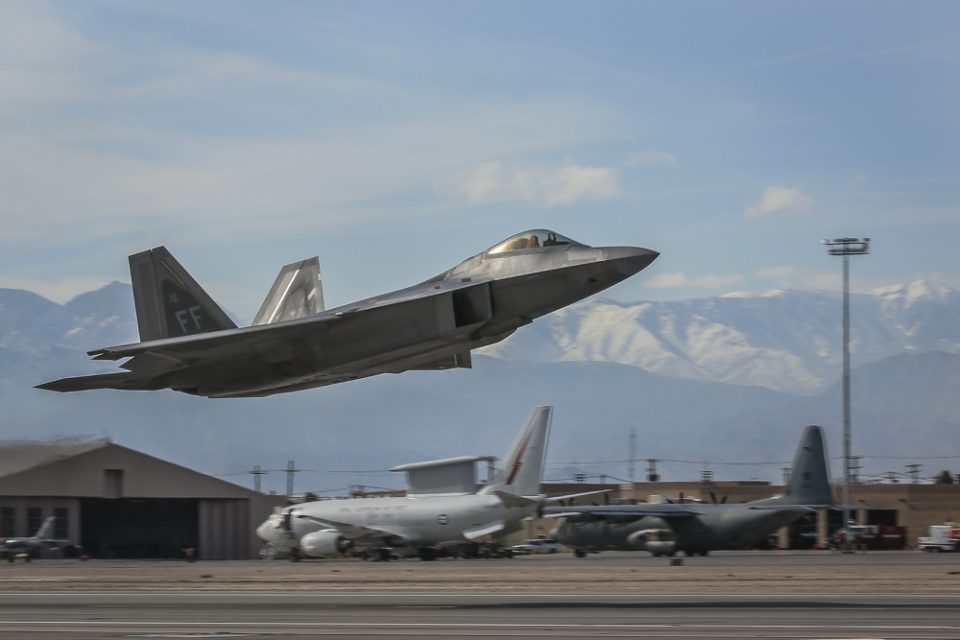

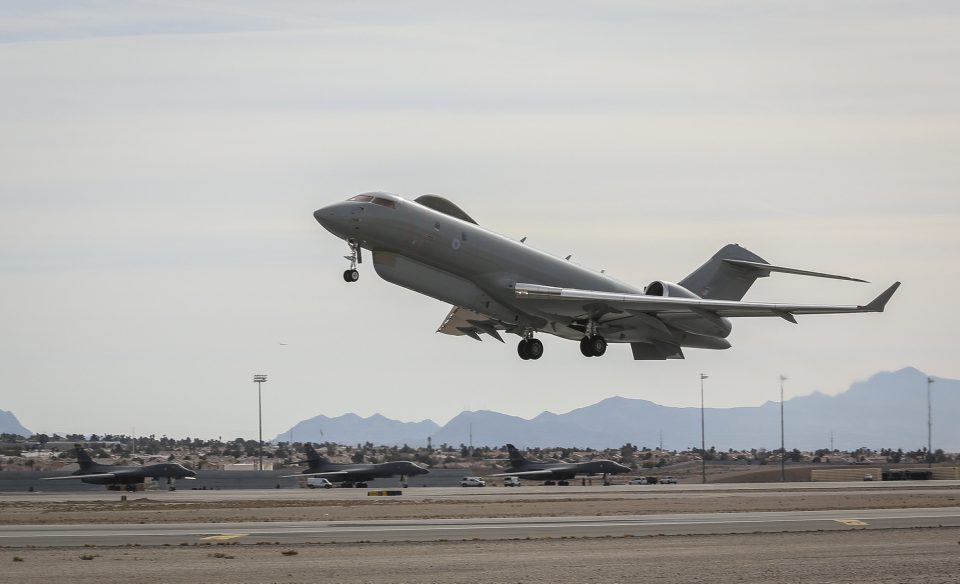
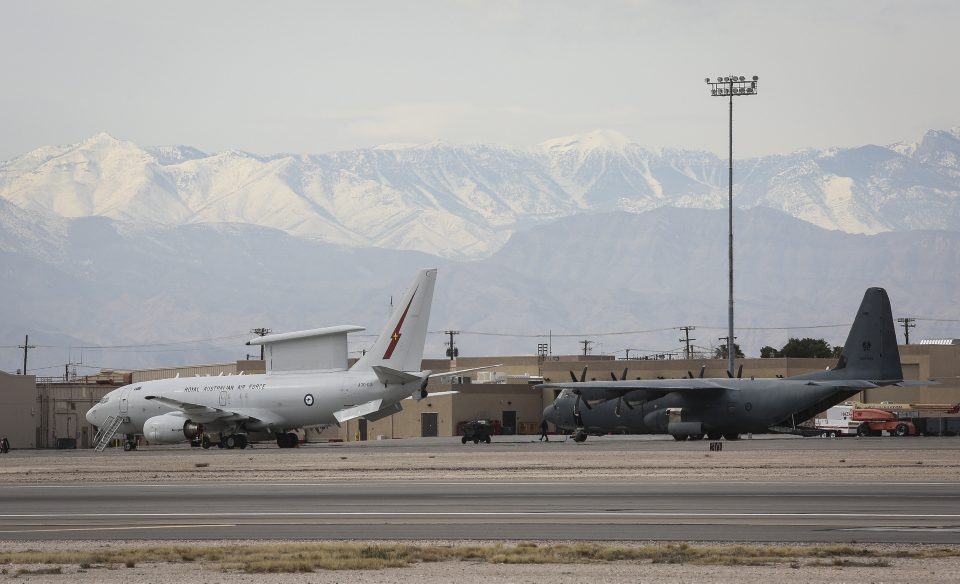
 Secretary of Defense Jim Mattis hosts a joint press meeting with NATO Secretary General Jens Stoltenberg at the NATO Headquarters in Brussels, Belgium, Feb. 15, 2017. (DOD photo by U.S. Air Force Tech. Sgt. Brigitte N. Brantley)
Secretary of Defense Jim Mattis hosts a joint press meeting with NATO Secretary General Jens Stoltenberg at the NATO Headquarters in Brussels, Belgium, Feb. 15, 2017. (DOD photo by U.S. Air Force Tech. Sgt. Brigitte N. Brantley) Credit: http://www.koreaherald.com/view.php?ud=20170213000584
Credit: http://www.koreaherald.com/view.php?ud=20170213000584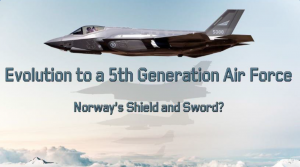
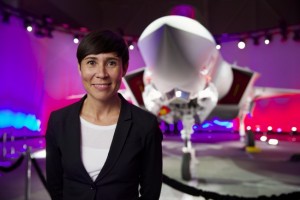 Norway’s Minister of Defence, Ine Eriksen Søreide, in front of the country’s first F-35 combat aircraft. (Photo: Torgeir Haugaard/Forsvaret)
Norway’s Minister of Defence, Ine Eriksen Søreide, in front of the country’s first F-35 combat aircraft. (Photo: Torgeir Haugaard/Forsvaret)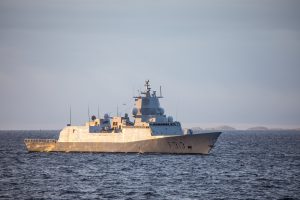 Fra KNM Helge Ingstad avbildet utenfor Bodø før det årlige Marinemesterskapet / HNoMS HELGE INGSTAD under transit from Haakonsvern Naval Base to Bodø in Northern Norway.
Fra KNM Helge Ingstad avbildet utenfor Bodø før det årlige Marinemesterskapet / HNoMS HELGE INGSTAD under transit from Haakonsvern Naval Base to Bodø in Northern Norway.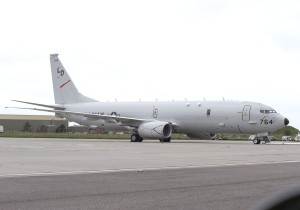
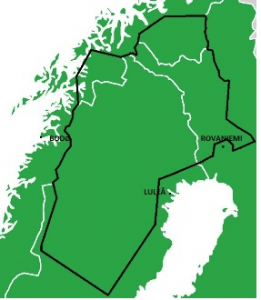

 The Operations Room at the Joint Headquarters. Credit: Norwegian Ministry of Defence.
The Operations Room at the Joint Headquarters. Credit: Norwegian Ministry of Defence. Lt. General Jakobsen discussing the role of the F-35 in the evolution of Norwegian defense at the Norwegian Airpower Conference.
Lt. General Jakobsen discussing the role of the F-35 in the evolution of Norwegian defense at the Norwegian Airpower Conference. Lt. General Jakobsen discussing the way ahead with regard to force integration to provide for Norwegian defense at the Norwegian Airpower Conference.
Lt. General Jakobsen discussing the way ahead with regard to force integration to provide for Norwegian defense at the Norwegian Airpower Conference. Lt. General Jakobsen discussing the broad challenge facing extended Norwegian defense at the Norwegian Airpower Conference.
Lt. General Jakobsen discussing the broad challenge facing extended Norwegian defense at the Norwegian Airpower Conference. Commander of the Norwegian Joint Headquarters Lieutenant General Rune Jakobsen in conversation with foreign colleagues during exercise Cold Response 2016 – Photo courtesy of Torbjørn Kjosvold/Forsvaret
Commander of the Norwegian Joint Headquarters Lieutenant General Rune Jakobsen in conversation with foreign colleagues during exercise Cold Response 2016 – Photo courtesy of Torbjørn Kjosvold/Forsvaret